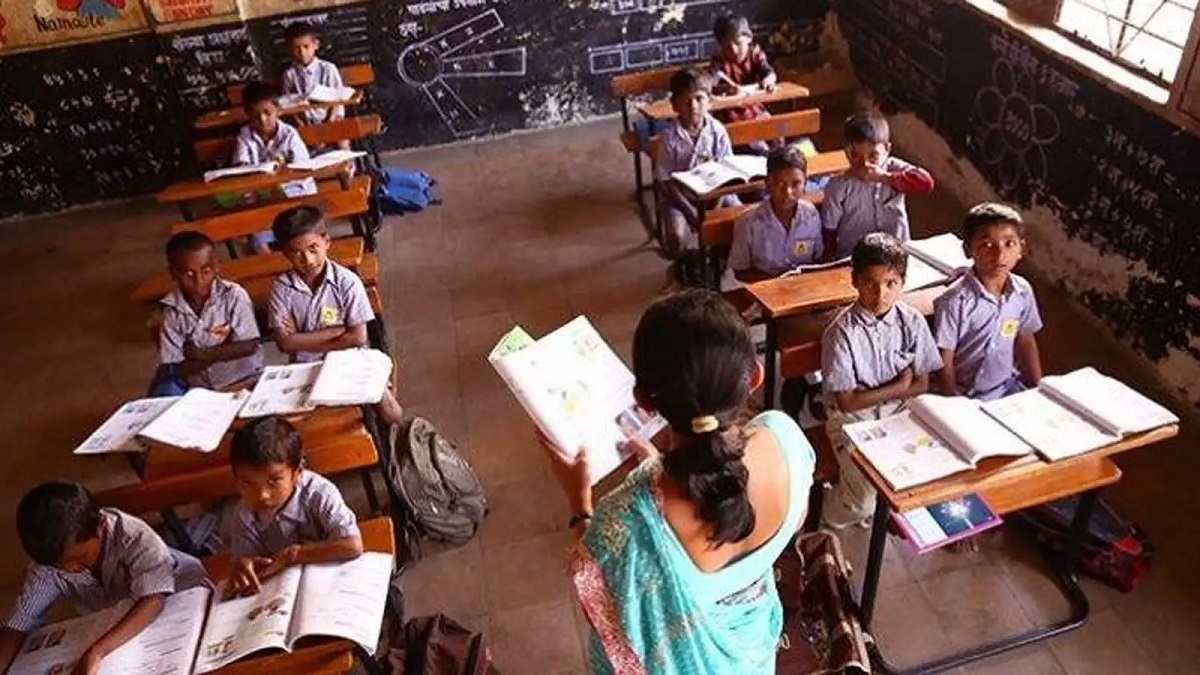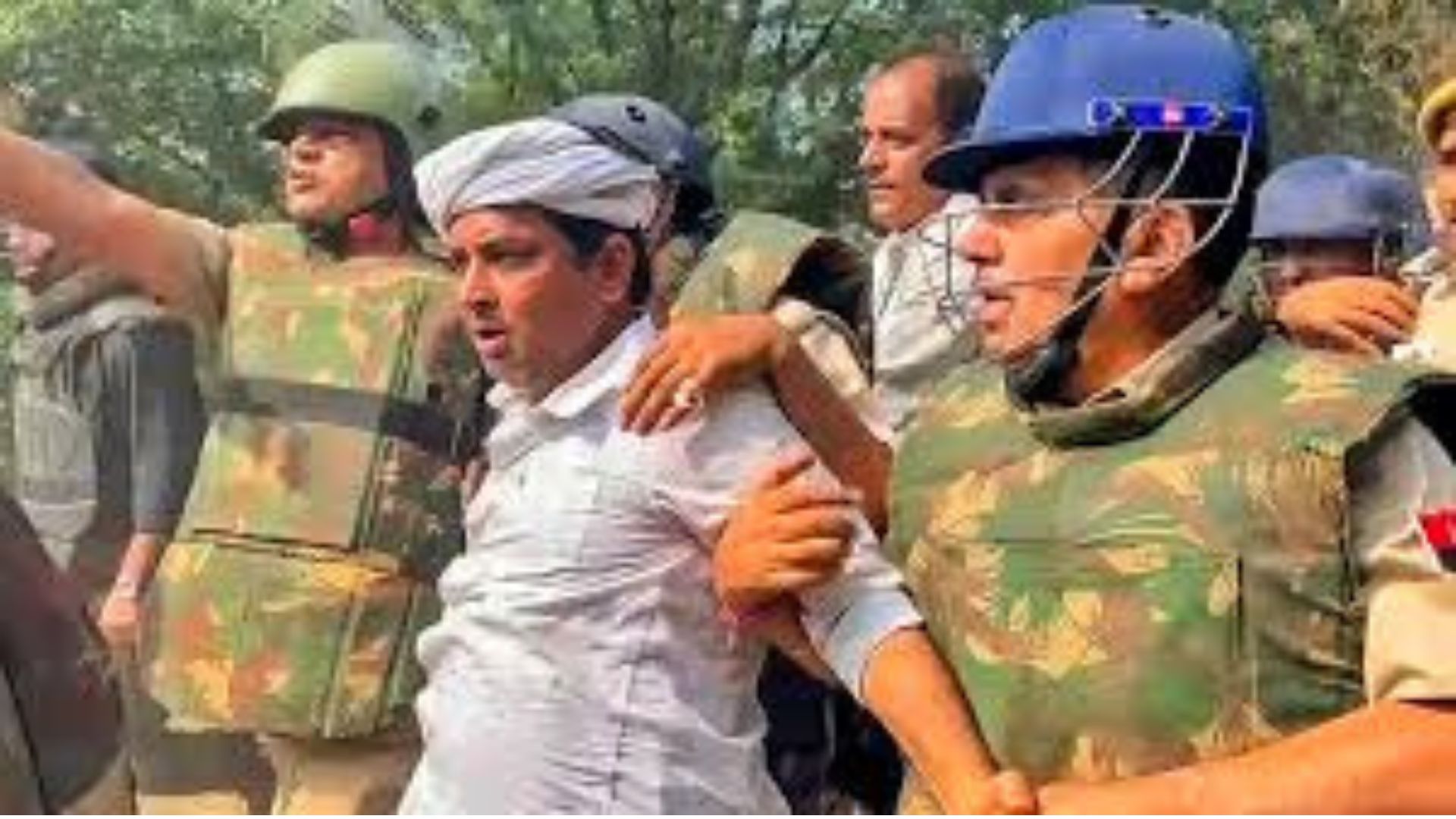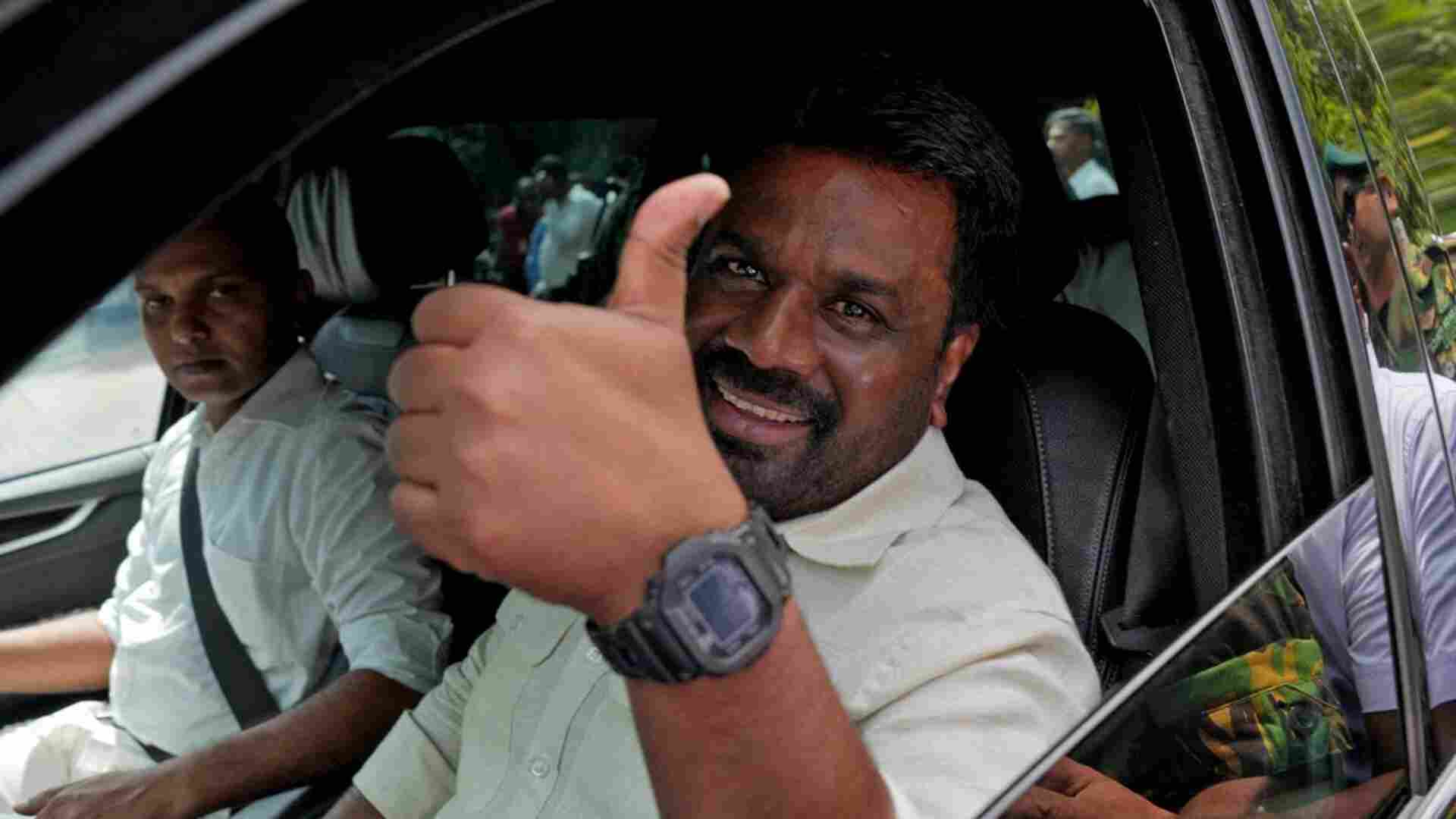
Today in the 21st century, India has witnessed a major change in the education policy after 1986, 34 years ago wherein 1992; a simple modification was made out. A prolific liberal intellectual named, Henry S. Commager once said, “Change does not necessarily assure progress, but progress implacably requires change. Education is essential to change, for education creates both new wants and the ability to satisfy them”. By this, we can understand that education is a step towards learning the whole of your life. Education makes people skill & productive, but changes in the system is really a step progressing towards “Acche Din”?
Addressing a conclave on Transformational Reforms in Higher Education, Indian Prime Minister, Shri Narendra Modi said, the focus of education was on “what to think” and to modify this after decades, the focus will now be on “how to think” instead. 1 While the whole world is battling the COVID – 19 virus, India, on the other hand, had major reforms in the education sector. In a nutshell, the policy welcomes a single regulatory body for higher educational institutions, removal of M.Phil. programmes, providing multiple entries and exit points in graduation courses, setting up of top 100 foreign universities (like Oxford and Harvard), allowing Indian universities to set up a campus abroad, the introduction of coding from 6th grade, and the option of mandatorily teaching mother tongue language.
Why This Change?
The old policy (34-year-old) is no more relevant in the present dynamic environment.
India will have the highest population of young people in the world over the next decade. There will be a growing demand for humanities and art, as India moves towards becoming a developed country as well as among the three largest economies in the world. Also, to ensure inclusive and equitable quality education and promote lifelong learning opportunities for all by 2030. Ensure the right talent and skills are not leaving the country & every deserving one gets a proper platform to explore his/her skills.
At the time of the global pandemic, a major change in the education system has come at the right time according to ed-tech players all around. With schools being shut down and online education is at its par, ed-tech players are raising funds to transform schools and colleges through digitalisation processes. COVID-19 outbreak have lead the students’ life at standstill and it’s been more than 5 months now that education is provided through online mediums. Industry players like Unacademy, Byjus, Vedantu and Ediusfun technologies hope post NEP, the industry will play a major role and provide universal access to quality education and training using all digital technology.
How the NEP was formulated
A new educational policy was one of the promises made by the BJP during their 2014 campaign for general elections. Since then, efforts were underway. First consultation process initiated in early 2015 and only in 2017, the committee was formed under the chairmanship of Dr K Kasturirangan, former chief ISRO, which was then submitted to Dr Ramesh Pokhriyal who took the charge post the former’s retirement. A summary of the Draft National Education Policy 2019 was circulated among various stakeholders, which was also translated in 22 languages and uploaded on the Ministry’s website. Meetings with State Education Secretaries of School Education and with State Secretaries of Higher & Technical Education were held. There were several meetings & conferences held at every stage of formulating the policy.
A special meeting of CABE on National Education Policy was held where 26 Education Ministers of various States and UTs, representatives of States and Union Territories, Members of CABE, Heads of Autonomous Organisations, Vice-Chancellors of Universities, attended the meeting along with senior officials of the Central and State Governments. The NEP 2020 has been formulated after having considered nearly over 2 lakh suggestions from 2.5 lakh gram panchayats, 6,600 blocks, 6,000 ULBs and 676 districts.2
What does it offer to Younger Generation?
The existing school system structure of 10+2 will be revamped and a new structure formulating 5+3+3+4 system will be introduced making children aged 3 – 18 years under the umbrella of formal schooling focussing on vocational education along with internships. The system of 5+3+3+4 is divided into multiple levels were
• Three years of Anganwadi or preschool + two years in a primary school in grades 1-2 covering ages 3 to 8 years,
• The ‘preparatory stage’ covering ages 8 to 11 years or grades 3-5.
• The ‘middle stage’ covering ages 11 to 14 years or grades 6-8, (emphasis on vocational subjects).
• The ‘secondary stage’ covering ages 14 to 18 years in two phases – grades 9-10 in the first and grades 11-12 in the second.3
Out with the changes in the system, the policy aims to expand its hands-on open schooling facilities through the establishment of an autonomous body to march open and distance learning (ODL) as well as massive open online courses (MOOCs). This is a step towards the children working or by any means are not able to attend physical classes. NEP 2020 will bring two (2) crores out of school children back into the mainstream through the open schooling system. Scrapping the old school system of 3-year graduation programmes, a 4 – year UG programme is underway by removing MPhil courses. The NEP also aims to create a new highest regulating body, the Rashtriya Shiksha Aayog or National Education Commission that would be headed by the Prime Minister of India4 .
In addition to it, the policy also focuses on Three – Language formula whereby the students will be learning based on the states, regions and the choice of the students themselves.5 Teaching up to at least Grade 5 to be in mother tongue/ regional language. No language will be imposed on any student. Other major reforms include the start of Vocational Education from Class 6 with Internships, assessment reforms with 360-degree Holistic Progress Card, tracking Student Progress for achieving Learning Outcomes, Bagless days are encouraged, the introduction of coding from 6th grade, Board exam to promote knowledge application rather than rote learning, NIOS to develop high-quality modules for Indian Sign Language and establishment of Academic Bank of Credits to facilitate the transfer of Credits.
“The Gross Enrolment Ratio of 50 per cent is an important target and all universities must contribute to it,” said Malabika Sarkar, VC of Ashoka University whereby the existing 26.3 percentage was increased to 50 per cent. The Centre and the States will work together to increase the public investment in the Education sector to reach 6% of GDP at the earliest. Currently, the expenditure in the Education sector is 3% of GDP i.e. 5.6 lakh crores. The policy has introduced major reforms in the existing system of education, but the question is by when and how the policy will be implemented and rolled out for students?
Implementation of the Policy
Here is an overview of our present education system 6 : In this huge & complex structure, any implementation of the policy requires consideration and approval of several bodies systematically. Bodies like MHRD, CABE, Union and State Governments, educationrelated Ministries, State Departments of Education, Boards need to give their prior permission and implement the policy at respective state-levels. We all know that Education is a matter of Concurrent list out of the three lists divided, thus requires systematic coordination between centre and states. Both the centre and state require individual strategy focussing on implementation of the policy in a strategical manner where the policy will be divided into different phases, timely infusion of requisite resources – human, infrastructural, and financial – at the Central and State levels will be crucial for the satisfactory execution of the Policy.7 The successful implementation of the policy requires patience and is a long-term and vision project. the Policy recommends strengthening and empowering the Central Advisory Board of Education (CABE) which will have a much greater mandate and not only a forum for widespread consultation and examination of issues relating to educational and cultural development.8 The centre has a strong feeling of completing all the policy work and get the approval of all the bodies and state governments thus 1st Decade (2021-2030) policy will be gradually implemented & 2nd Decade (2030-2040) the policy will be operational.
Language: barrier or bridge?
Language should be a bridge and not a barrier. Every language carries a unique knowledge with itself and when we lose a language, we also lose its unique knowledge. UNESCO says 197 languages in India are endangered. In the last 60 years, we have lost more than 250 languages.9
It is important to teach a child in his/her local language in the early stage as this would help the child understand things more lucidly and help him relate it with his/her everyday living. Although this policy doesn’t prohibit the use of English policy, it mandates to give an option to the child to choose local language over the English language. While English is the language that was imposed on us for centuries and is the language of our coloniser, it does gives us a great comparative global advantage because it is the language that the world talks in. It is possible to promote both things at once as children are very adaptive in their young age & learn very quickly in their home language.
The policy continues the three-language formula. The three-language formula was introduced way back by Indira Gandhi with an idea to make students learn another Indian language, different from their regional language (apart from their mother tongue). However, since education is a state subject, the implementation lay with the states due to which the three-language formula was never implemented fully as it was meant to be. The new policy pushes away from the English-Hindi approach and provides a choice for the state to select the languages to fit the needs of the children of the respective regions. The three-language formula will be flexible, and no language will be imposed on any state. The policy also mentions that wherever possible, the medium of instruction until at least Grade 5, but preferably till Grade 8 and beyond, will be the local language. This will be followed by both public and private schools. Teachers will be encouraged to use a bilingual approach. Special attention will be given to employing local teachers or those with familiarity with local languages. Teachers will be trained, encouraged, and supported – with continuous professional development. This will ensure quality education is imparted in the child and provide a great opportunity for local teachers.
Foreign languages will also be offered but from the secondary level, for students to learn about the cultures of the world and to enrich their global knowledge and mobility. The teaching of all languages will be enhanced through innovative and experiential methods, including through gamification and apps, films, theatre, storytelling, poetry, and music.
The policy never aimed at imposition of Hindi language across the country nor it aims to curb the use of English language. It aims at promoting the use of local languages before they become extinct.
Conclusion
The coming time will only let us know the impact and the results of this future-oriented policy. However, it is our responsibility to keep providing inputs and help this policy be implemented in the best manner possible. NEP is for our future generation children as they are the assets for our future country in all aspects. Students and academicians have welcomed the policy with open arms. The result will be a time taking process and only after the nod of respective States and UTs is made.















